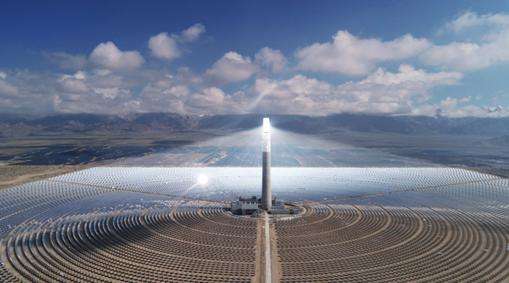In general, EVA manufacturers can achieve a thickness of 0.3 to 0.8 mm, and the more conventional specification is around 0.5 mm. However, some EVAs are flat films and some are embossed on both sides. measurement The difference in thickness is about 0.5mm, that is, the 0.5mm film is measured as 0.55mm. I am a technician who produces EVA.
What is a solar cell backsheet
EVA itself has an unstable chemical structure and relatively poor aging resistance. At high temperatures and humidity, EVA is more prone to aging phenomena such as yellowing, blistering and degumming. In addition, EVA is easy to hydrolyze, and the acetic acid generated will not only accelerate the degradation of EVA, but also corrode the glass and backplane, destroy the bond between EVA and glass and the backplane, will corrode the electrodes and ribbonssoldering and will seriously affect the electrical performance of the component.
What are the differences between TPT, EVA, PVB, PET and DNP among photovoltaic materials?
There are five layers in the section cross section of a solar panel: photovoltaic glass, EVA, solar cells, EVA and rear panel. (Tedlar film is the backsheet)
The backsheet of solar cells is located on the back of the solar panel, protecting and supporting the cells, and has insulation, resistance to reliable water and resistance to aging.
Usually has a three-layer structure (?PVDF/PET/PVDF?). The external protective layer ?PVDF?has good resistance to environmental erosion. The middle layer is made of ?PET?a polyester film with good insulating properties. PVDF and EVA layers have good bonding properties.1. PVB and EVA
EVA requires two layers; he is closesurized at high temperature by a laminator and becomes one after cooling, which plays a role in fixing and bonding.
PVB is a building material with much better weather resistance, but is more than three times more expensive than EVA. EVA is the mainstream of monocrystalline silicon packaging. For amorphous silicon, we choose PVB for packaging.
2. The difference between TPT, PET and DNP.
In order to maintain the best operating conditions of solar cells and maintain a lifespan of 25 years, the backsheet material used must have properties such as UV resistance, barrier water vapor and weather resistance. TPT, PET and DNP are just synonyms for solar cell back films, which play a very good role in protecting solar cells.
The rear films of solar cells aret mainly divided into two categories: fluorine-containing back films and non-fluorine back films. Among them, the fluorine-containing back film is divided into two types: double-sided fluorine-containing (such as TPT) and single-sided fluorine-containing (such as TPE), while the non-fluorine back film is mainly made of many elements ; layers of PET glued together with glue.
TPT refers to using DuPont's TEDLAR (trade name) PVF film on both sides of the back solar film, and adding a layer of transparent PET in the middle for lamination , i.e. TEDLAR+PET+TEDLAR, hence the name TPT.
Fluorine-free back film made of multiple layers of PET adhesives.The characteristics of the material itself cannot meet the 25-year environmental testing and usage requirements of silicon solar cell modules commercial crystalline such as moist heat,dry heat and ultraviolet rays. Therefore, it is difficult to suit the packaging of crystalline silicon solar. cellular modules.
The outermost layer of the DNP backsheet is made of PET with excellent water resistance, followed by DNP's unique highly durable adhesive layer, which ultimately achieves the excellent product durability.
Generally, companies use EVA+PET.














